Specifically, the relics ranked as special national relics this time include:
1. Historical site of the tomb of Vice-Chancellor Nguyen Sinh Sac, Cao Lanh ward, Dong Thap province
Historical site of the tomb of Vice-Principal Nguyen Sinh Sac, Cao Lanh ward, Dong Thap province
On August 22, 1975, the Party Committee, government and people of Dong Thap province built the Nguyen Sinh Sac relic site and inaugurated it on February 13, 1977. This relic site complex includes: Tomb and tomb dome, lotus platform, exhibition house for images and artifacts about the life of Nguyen Sinh Sac; photo gallery about the life and career of President Ho Chi Minh .
During the construction process, everyone kept in mind that it was a way to "repay gratitude" to the father of beloved President Ho Chi Minh. During the 18 months of construction, there were always from 200 to 700 people, teachers, students, soldiers and even elderly people over 70 years old coming to contribute to the construction of Nguyen Sinh Sac's tomb.
The Nguyen Sinh Sac relic site currently has four sub-areas, including: the tomb, temple, exhibition house on the life and career of Vice-Chancellor Nguyen Sinh Sac, exhibition house on the life and career of President Ho Chi Minh; the area of Uncle Ho's stilt house and garden, fish pond; the cultural space modeled after the ancient Hoa An village and the area for organizing folk games and entertainment with a total area of nearly 9 hectares.
The overall relic site is a harmonious architectural complex, bearing the historical and cultural imprint of Dong Thap. In 2010, the relic site launched a project to preserve, restore and promote the value of Nguyen Sinh Sac's tomb with many items: a house to display the life of Vice-Chancellor Nguyen Sinh Sac; restore and recreate a corner of the ancient Hoa An village to help visitors visualize where Nguyen Sinh Sac lived and worked during the period 1927-1929.
On April 9, 1992, the relic site was recognized as a national historical and cultural relic by the Ministry of Culture and Information (now the Ministry of Culture, Sports and Tourism).
2. Historical sites: Places marking the Nghe Tinh Soviet Movement (1930 - 1931) in Nghe An
Nghe Tinh Soviet Museum is a red address for traditional education for the young generation. Photo: Bich Hue
The relics associated with the Nghe Tinh Soviet movement are the memorial house and the cemetery of the Nghe Tinh Soviet martyrs in Hung Nguyen town (Hung Nguyen district). This is the place that marks the heroic struggle of the people of Hung Nguyen and neighboring areas in the Nghe Tinh Soviet movement; at the same time, it is also the place that witnessed the crimes of colonialism and feudalism.
On the morning of September 12, 1930, about 8,000 farmers under the leadership of the Party with primitive weapons, raised high the red flag of hammer and sickle marched to Hung Nguyen district capital. When the protesters had just arrived at Thai Lao, the French colonialists dropped bombs on the crowd, killing 217 people and injuring 125. The graves of the martyrs who died on September 12 were scattered among the mounds, and in 1956 they were exhumed and built into a common grave. On holidays and Tet every year, the cadres and people of Hung Nguyen often organize flower and incense offerings, expressing their respect to the martyrs who sacrificed their lives in the Nghe Tinh Soviet movement.
3. Scenic and Archaeological Sites of Tam Chuc Complex, Tam Chuc Ward, Ninh Binh Province
Tam Chuc scenic area is 5,000 hectares wide, including nearly 1,000 lakes, 3,000 hectares of limestone mountains, natural forests, valleys, meeting the criteria for ranking as a national monument. This place has a population of 100 rare white-rumped langurs, fish species, birds, storks, and herons; it was the residence of ancient Vietnamese people 10,000 to 30,000 years ago.
According to archaeological research, Tam Chuc is one of the residential areas of ancient Vietnamese people, influenced very early by Hoa Binh culture about 10,000 to 30,000 years ago. This place still preserves relics, archaeological sites, traces, and legends about the history of the development of indigenous beliefs in Vietnam through the dynasties in the history of the nation.
From 2021 to 2023, the Department of Culture, Sports and Tourism of Ha Nam (old) coordinated with the Institute of Archaeology to investigate and conduct fieldwork in the Kim Bang mountain area, the center of the limestone mountain system in the core area of Tam Chuc. The survey subjects here are mainly types of caves, rock shelters and potential outdoor spots. The survey results discovered 11 caves and rock shelters of archaeological value belonging to the Hoa Binh culture; Con Hen 1, Con Hen 2 belonging to the Dong Son culture and caves, rock shelters, and Karst wells of great value in terms of natural landscape, related to the formation of geological formations millions of years ago.
In the Tam Chuc scenic complex, there are many important relics such as Tam Chuc communal house, Tam Chuc ancient pagoda; Mau temple; Gieng temple. Tam Chuc - Ba Sao is an ancient land formed millions of years ago.
Along with the tangible values, Tam Chuc scenic complex also contains many unique intangible cultural values, including the Tam Chuc Pagoda Festival, where many ancient folk tales, legends, folk cultural performances, unique rituals and beliefs are preserved, contributing to the study of the spiritual and cultural life of our people throughout the process of conquering nature and transforming society. In terms of tourism value, Tam Chuc scenic complex has been planned as a national key tourist area, with an area of 5,100 hectares.
In 2023, Tam Chuc Scenic Complex was ranked as a national monument.
4. Historical and architectural relic of Co Le Pagoda, Co Le commune, Ninh Binh province
Nine-grade lotus tower at Co Le Pagoda
According to historical documents, the pagoda was built in the 12th century by National Master Nguyen Minh Khong, a famous Zen master of the Ly Dynasty. After many changes, in the early 20th century, Venerable Pham Quang Tuyen mobilized Buddhists and local people to renovate the pagoda. Without needing a blueprint, without using cement or steel, he and the villagers created a structure that "will stand the test of time" with lime, molasses, paper, bricks and tiles...
The biggest highlight in the pagoda's architectural complex is the Nine-Piece Lotus Tower, a 32-meter-high tower located in the middle of a clear lake. The tower has nine rotating floors symbolizing the nine lotus floors of the Buddhist world. Notably, the entire structure is placed on the back of a giant stone turtle with its base deep in the lake, its head facing the main hall. Inside is a 64-step spiral staircase, symbolizing the 64 hexagrams of the I Ching, a subtle combination of Buddhism and Eastern philosophy.
In the middle of the calm lake in front of the main hall, the 9-ton Dai Hong Chung bell is placed on a sturdy stone pedestal, becoming a unique detail in the architecture of Co Le Pagoda. The bell was cast in 1936, about 4.2 m high, 2.2 m in diameter, decorated with lotus motifs, flowers and Chinese characters. When the resistance war broke out, people were worried that the bell would be damaged, so they submerged it in the lake to protect it. In 1954, the bell was salvaged and placed back on the pedestal in the middle of the lake as a symbol to protect the pagoda. With its unique historical, cultural and architectural value, in 1988, Co Le Pagoda was ranked as a National Architectural and Artistic Monument.
According to Decision No. 1959/QD-TTg, the relic protection area is determined according to the Minutes and Map of relic protection areas in the dossier.
The Minister of Culture, Sports and Tourism, and the Chairman of the People's Committees at all levels where the above-mentioned ranked relics are located, within the scope of their duties and powers, shall carry out state management of the relics in accordance with the provisions of the law on cultural heritage; and shall be fully responsible for the data, content, and dossiers requesting the ranking of relics in accordance with the provisions of the law.
This Decision takes effect from the date of signing (September 11, 2025).
Source: https://baovanhoa.vn/van-hoa/them-4-di-tich-duoc-xep-hang-di-tich-quoc-gia-dac-biet-167489.html


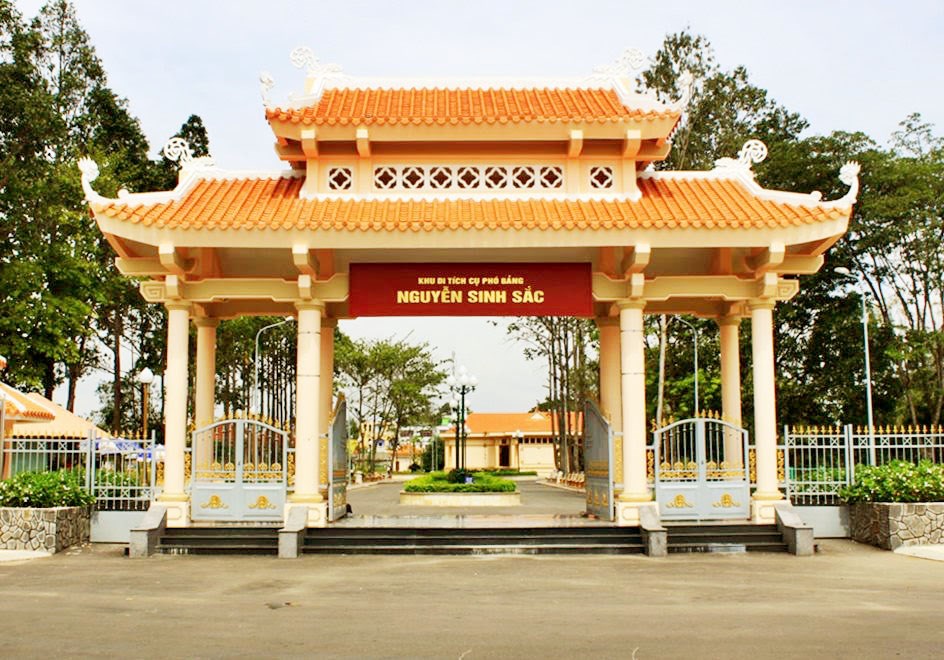
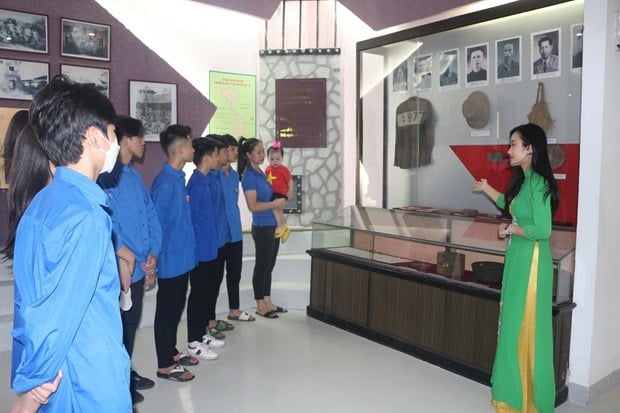
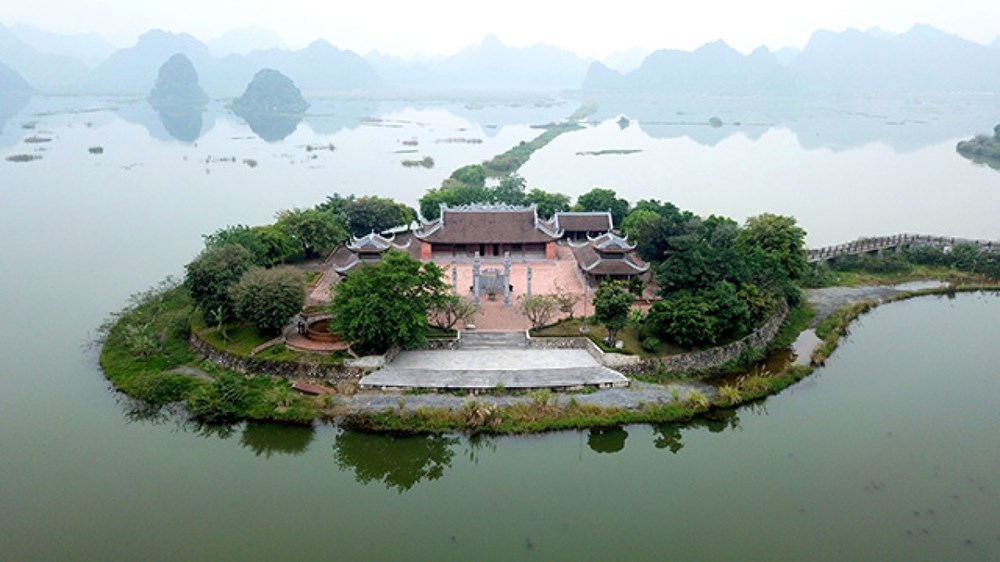
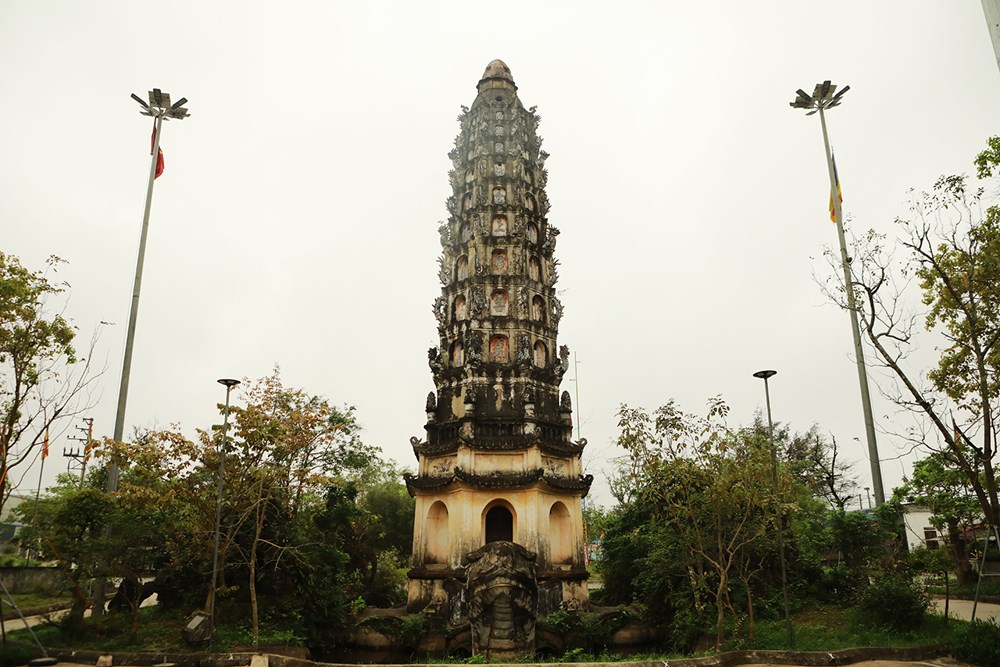





![[Photo] Urgently help people soon have a place to live and stabilize their lives](/_next/image?url=https%3A%2F%2Fvphoto.vietnam.vn%2Fthumb%2F1200x675%2Fvietnam%2Fresource%2FIMAGE%2F2025%2F12%2F09%2F1765248230297_c-jpg.webp&w=3840&q=75)
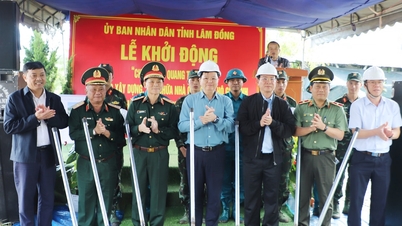

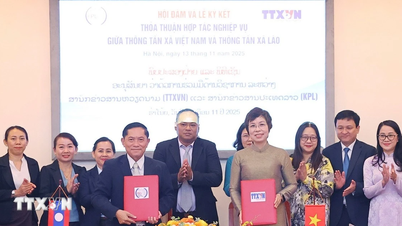



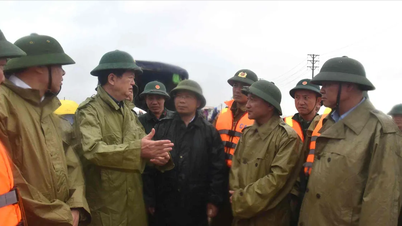

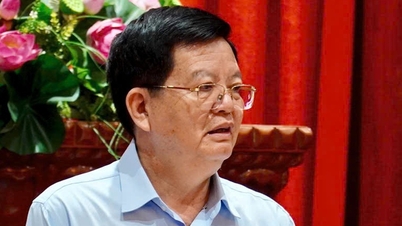




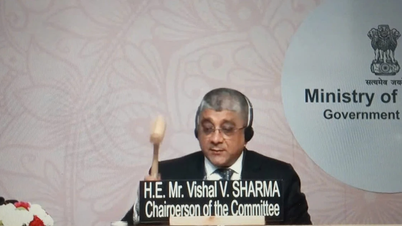


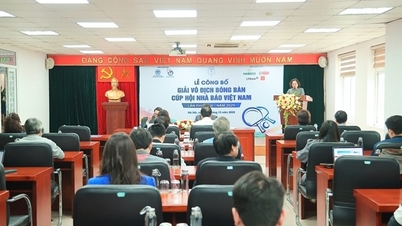









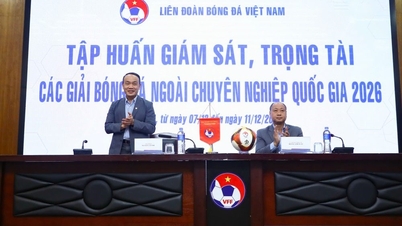

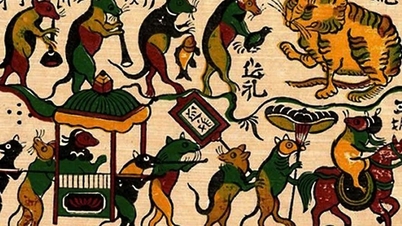
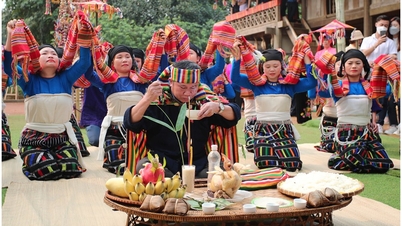



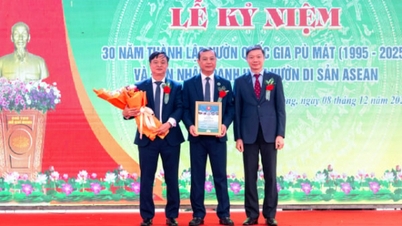


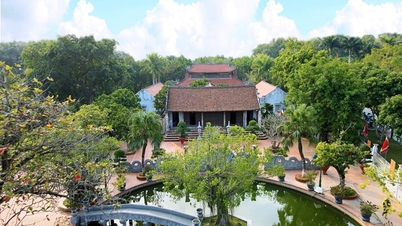
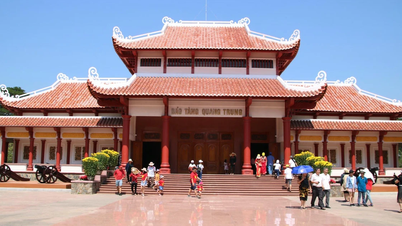


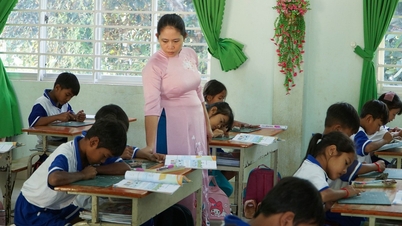
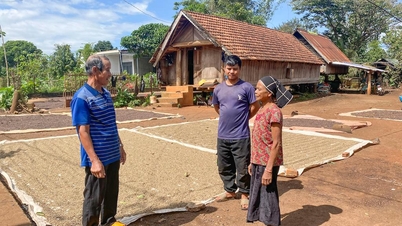




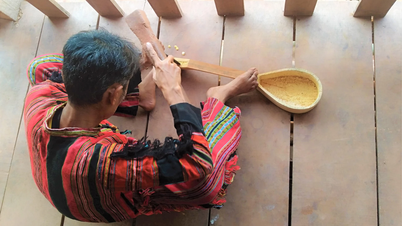









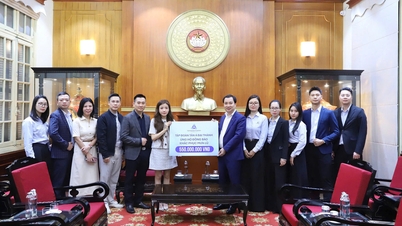














![[Photo] General Secretary To Lam works with the Standing Committees of the 14th Party Congress Subcommittees](https://vphoto.vietnam.vn/thumb/402x226/vietnam/resource/IMAGE/2025/12/09/1765265023554_image.jpeg)












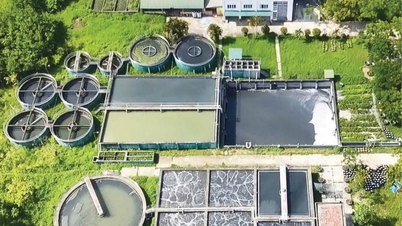
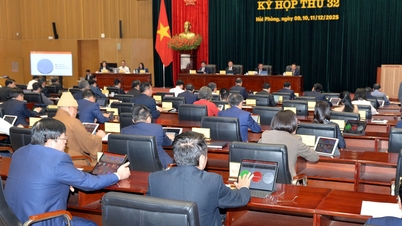



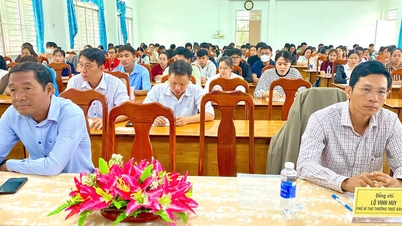

















Comment (0)